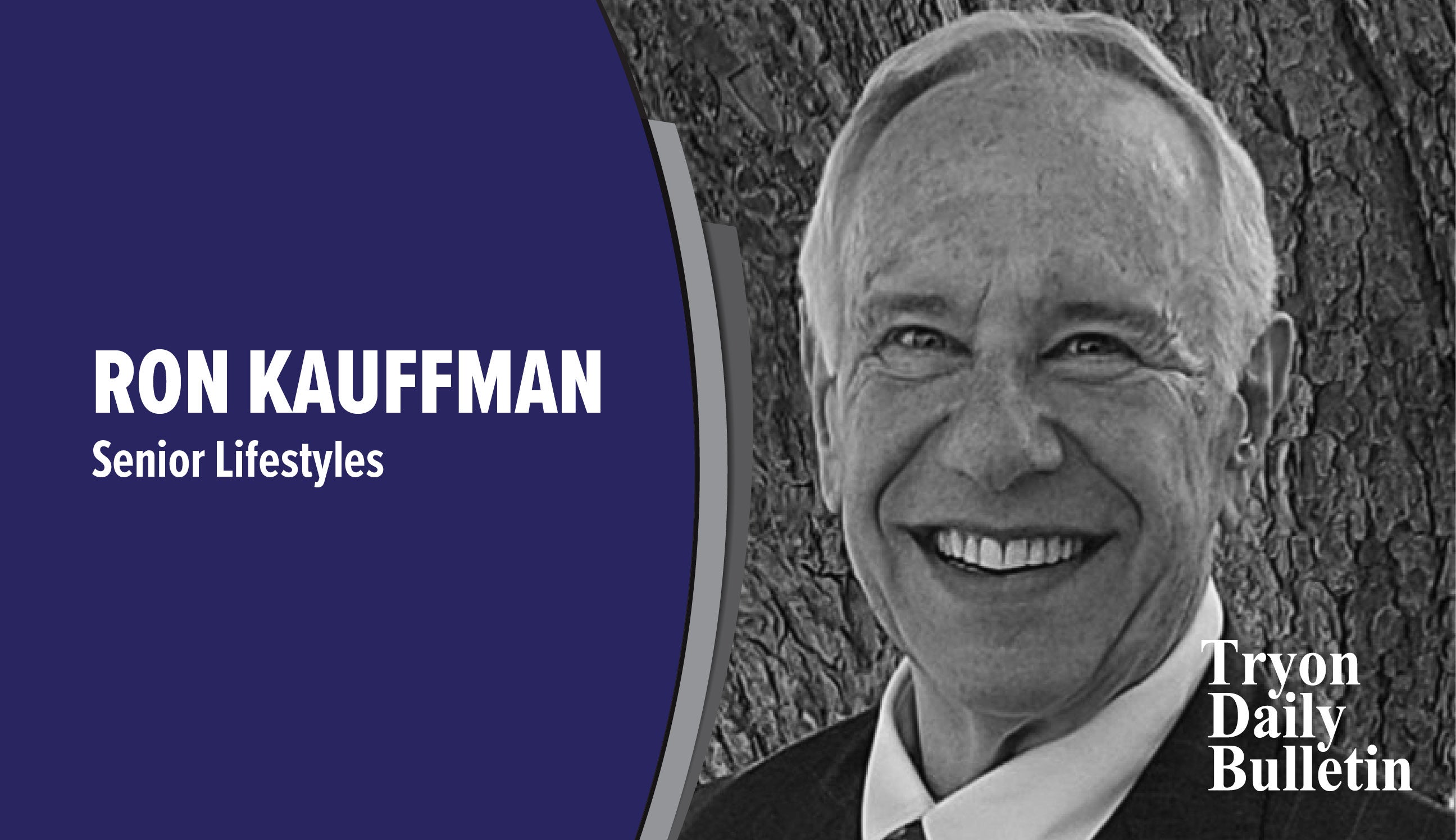For many never-married boomers, future looks lonely
Published 5:41 pm Monday, June 25, 2012
There are some interesting statistics about the 78 million or so Baby Boomers, and those numbers don’t paint the type of picture many boomers are hoping for or expecting.
Two researchers at Bowling Green State University’s National Center for Family and Marriage Research (NCFMR), using census data, found that 33 percent of all American adults aged 45-63 are unmarried. That represents an increase of unmarried of almost 250 percent since 1980.
While a majority of single boomers are the result of divorce, 1/3 of current single baby boomers have never been married, and only 10 percent of the unmarried boomers are widowed. The research also showed that divorced boomers have more economic resources and better health than their never-married counterparts.
Among those single boomers, 20 percent are currently living in poverty, while just 5 percent of married boomers share that level of economic situation. Additionally, single boomers are twice as likely to be disabled and are less likely to have health insurance.
Those statistics become even more worrisome as we look to the future, when today’s boomers become tomorrow’s aging seniors.
A surprising fact from the research is that the likelihood of first-time marriages during middle age is extremely low, and most never-married boomers will remain unmarried.
What do all those statistics mean, and why does it matter? Well, for the moment, it may not be a situation viewed as terribly frightening, but as those single boomers continue to age and failing health becomes more common, the question, “Who will care for me?” begins to come into play.
Just think for a moment: how many people in your age group do you know who are involved in caring for a family member – either a spouse or elderly senior parent?
It used to be a family member, particularly spouses, who provided the majority of care to ill or elderly seniors. But more and more adults – an estimated 33 percent – aren’t going to have a spouse to rely upon when the need for caring or support arises. And unmarried people are less likely to have had children who can step into the role of caregivers when required.
These shifts in our family patterns, with more people being and remaining single, are a huge potential problem for society and its ability to care for single boomers as they age.
Equally importantly, singles looking to the future must begin anticipating the possibility that they will have to financially prepare and plan for their own care. And that is both daunting and frightening.
Remember, Medicare does not cover long-term custodial care. On top of that, Medicare and Medicaid are currently in deep financial trouble and cannot be counted on to pay for years, perhaps decades of care that was once provided by members of the family. The idea of family seems to be an option that’s becoming less and less viable for our aging boomer population.
Ron Kauffman is a geriatric consultant and expert on issues of aging in private practice in Henderson and Polk counties. He is the author of “Caring for a Loved One with Alzheimer’s Disease,” available on Amazon.com and at the Polk County Senior Center. His podcasts can be heard weekly at www.seniorlifestyles.net. Contact him at 828-696-9799 or by email at drron561@gmail.com.


